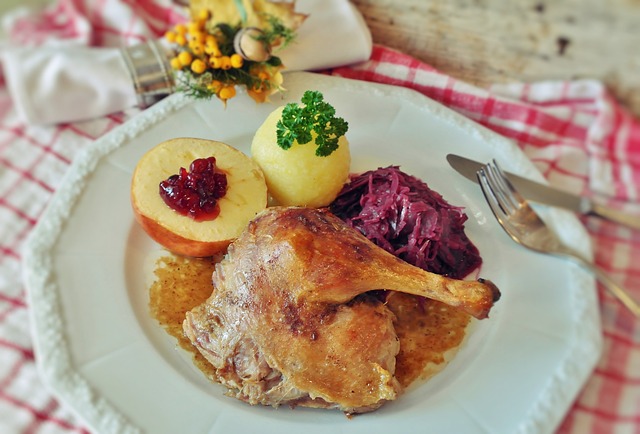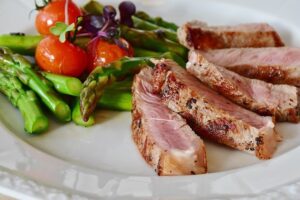Introduction
Ribs are a popular and delicious meat choice for many people. Whether you enjoy them grilled, smoked, or barbecued, ribs are known for their tender and flavorful meat. But how much protein do ribs actually contain? In this article, we will dive deeper into the topic to provide you with a better understanding of the protein content in ribs.
Protein Content in Ribs
Ribs, particularly pork ribs, are a good source of protein. Protein is an essential macronutrient that plays a crucial role in building and repairing tissues, supporting immune function, and providing energy. The protein content in ribs can vary depending on the type of ribs and the cooking method used.
Pork Ribs: Pork ribs are one of the most popular types of ribs consumed. They are typically divided into two main categories: baby back ribs and spare ribs. Baby back ribs are taken from the top of the rib cage, closer to the spine, while spare ribs come from the lower part of the rib cage.
On average, a serving of pork ribs (approximately 3 ounces or 85 grams) contains about 21 grams of protein. This protein content can vary slightly depending on factors such as the cut of the ribs, the presence of bones, and the cooking method.
Beef Ribs: Beef ribs are another popular choice among rib enthusiasts. They are larger and meatier than pork ribs, offering a rich and hearty flavor. The protein content in beef ribs is comparable to that of pork ribs.
A serving of beef ribs (approximately 3 ounces or 85 grams) contains around 23 grams of protein. Again, the actual protein content may vary based on factors such as the cut of the ribs and the cooking method.
Other Nutritional Benefits of Ribs
While ribs are a good source of protein, they also provide other essential nutrients. Ribs, especially pork ribs, contain vitamins and minerals such as iron, zinc, vitamin B12, and niacin. These nutrients are important for various bodily functions, including red blood cell production, immune system support, and energy metabolism.
However, it’s worth noting that ribs, particularly pork ribs, can be high in fat and calories. The fat content in ribs can vary depending on factors such as the cut of the meat and the cooking method. Therefore, it’s important to consume ribs in moderation and balance them with a variety of other nutritious foods.
Conclusion
Ribs, whether pork or beef, are a good source of protein. A serving of pork ribs contains approximately 21 grams of protein, while beef ribs offer around 23 grams. These protein-rich meats also provide other essential nutrients like iron, zinc, and B vitamins. However, it’s important to be mindful of the fat and calorie content in ribs and consume them in moderation as part of a balanced diet.
References
– USDA FoodData Central: fdc.nal.usda.gov
– American Heart Association: heart.org
– Healthline: healthline.com













